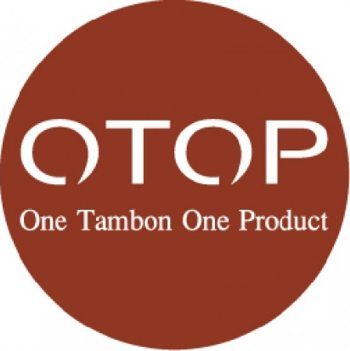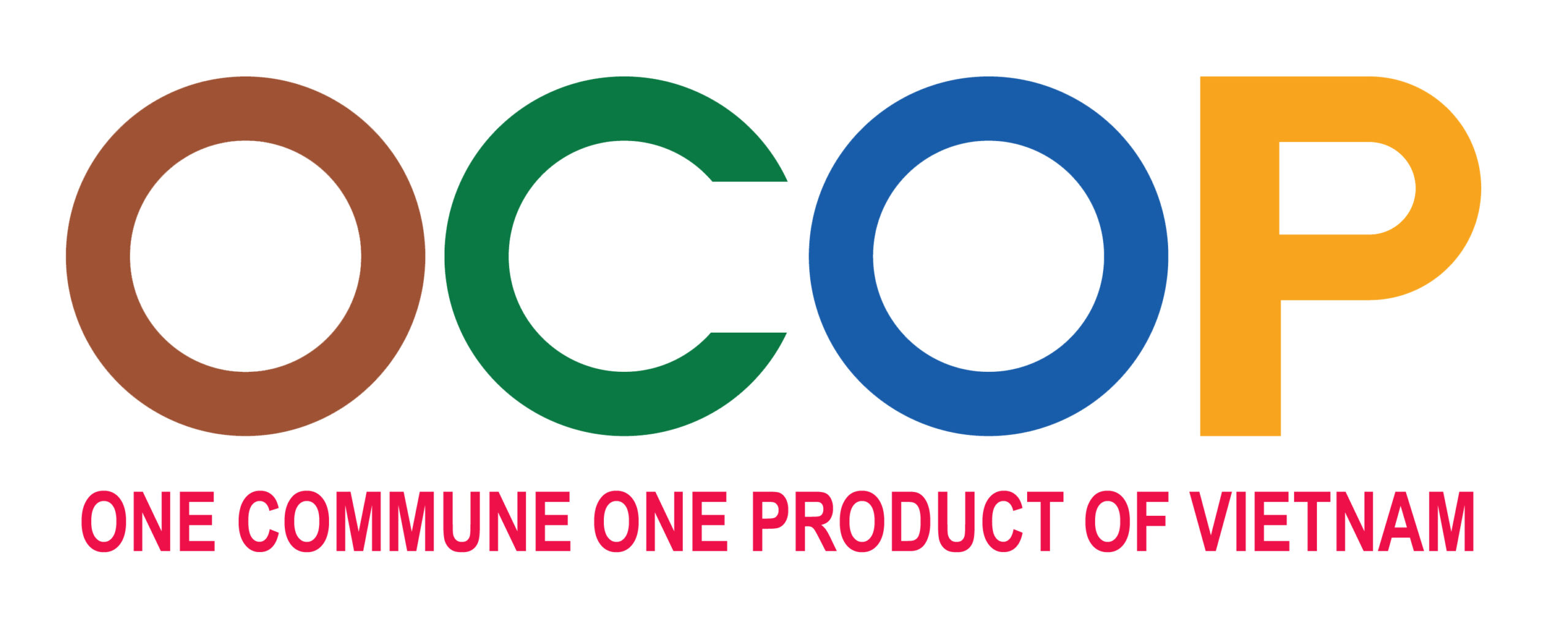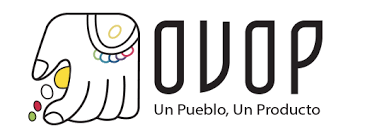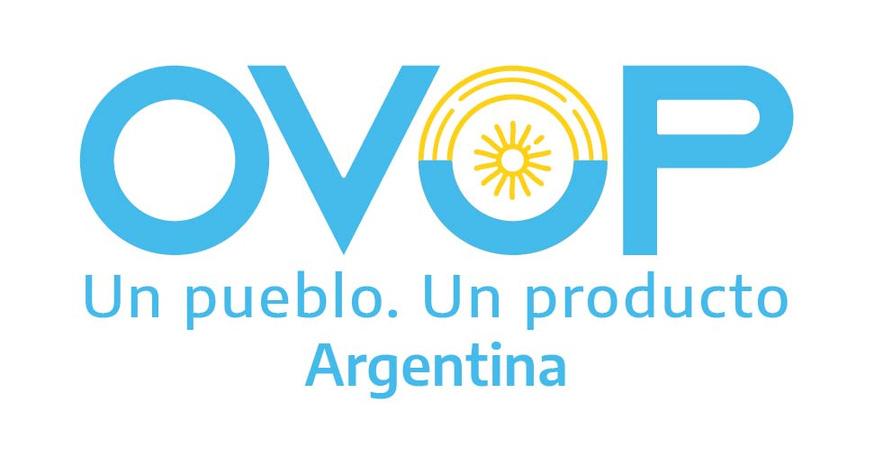The recent worldwide outbreak of COVID-19 has a major impact on the world and its economies. Global trade has almost come to a complete standstill. European governments are trying to control the virus and minimise its impact by taking extreme measures. What effect does this have on the Home Decoration and Home Textile (HDHT) sector?
Short- and medium-term impact
The HDHT sector is widely considered a luxury sector and is sensitive to economic cycles. This crisis will thus seriously impact the demand for products, especially in the mid-, high- and premium segments. While the European market will bounce back again, this may only happen in the third quarter of this year in an optimistic scenario. The recovery will be slow due to a lack of consumer confidence, and Europe will likely go into a recession first.
The lockdowns in European countries have led to the disruption of many business activities and affected the supply chain. Although some countries are slowly starting activities again, factories are still closed or not operating at normal capacity yet. As a result of this, deliveries to European importers are severely affected, and they are already looking for other sources.
What action should you take?
As of March, more than 30 countries have introduced policies and measures to support SMEs affected by the crisis. You can find more information about this on the International Trade Centre (ITC) website. Contact your local government to check if you qualify for financial support. This could include grants, loans, tax reductions or other measures.
Your existing customers are your best customers, so it is now more important than ever to keep your existing partnerships strong. Communicate and keep in touch with your customers. If you have an online presence, connect with them through online tools or social media. Find out what they need, respond fast and try to find solutions.
Your business strategy
Now is also the time to review your business strategy and finances. Review your operating expenses, how can you reduce costs? Assess your stock levels, are you able to use the current stock to manufacture other products? While the demand for your products might have decreased due to this crisis, there is a global shortage of other products, for example, medical supplies. If your production process and facility allows you to produce these products, this may be an opportunity to keep your company running.
With stores staying closed and trade fairs cancelled, digital engagement is essential to separate yourself from the competition and position your brands and products. If you already have a website, you can now take the time to update it and make sure you increase your online presence. If you do not have a website yet, you might want to consider including this in your renewed business strategy. Besides creating or improving your own website and social media marketing, there are also opportunities to establish partnerships with large European e-retailers. Be creative. This will be an important step forward for both your short- and long-term strategy.
Life after COVID-19
Once conditions allow it, people will want to go back to their normal lives. Consumer confidence has taken a beating though and consumer behaviour might be different than before. As a result of this crisis, the sustainability trend is likely to intensify. More than ever, consumers understand their dependence on nature and a responsible lifestyle. It will drive the desire for more responsible consumption and ‘green’ products. It is thus even more important to share the story behind your production process and products.
Past experiences also suggest that there may be a temporary shift in consumer opinion and behaviour when it comes to luxury. Consumers will focus more on classic products and features, such as hand-made products and less on visible luxury and modern designs.
This crisis greatly affects the global supply chain and, according to experts, the risk that this might happen again is quite high. Importers will need to review their supply chain strategy. Do they still want to rely on one supplying country? As an exporter, this creates opportunities to fill the arising gaps in the supply chain. Importers will look into spreading their risks in the future. Prepare for the possible changing supply chain and review your current customer portfolio.
Source: https://www.cbi.eu/news/






























